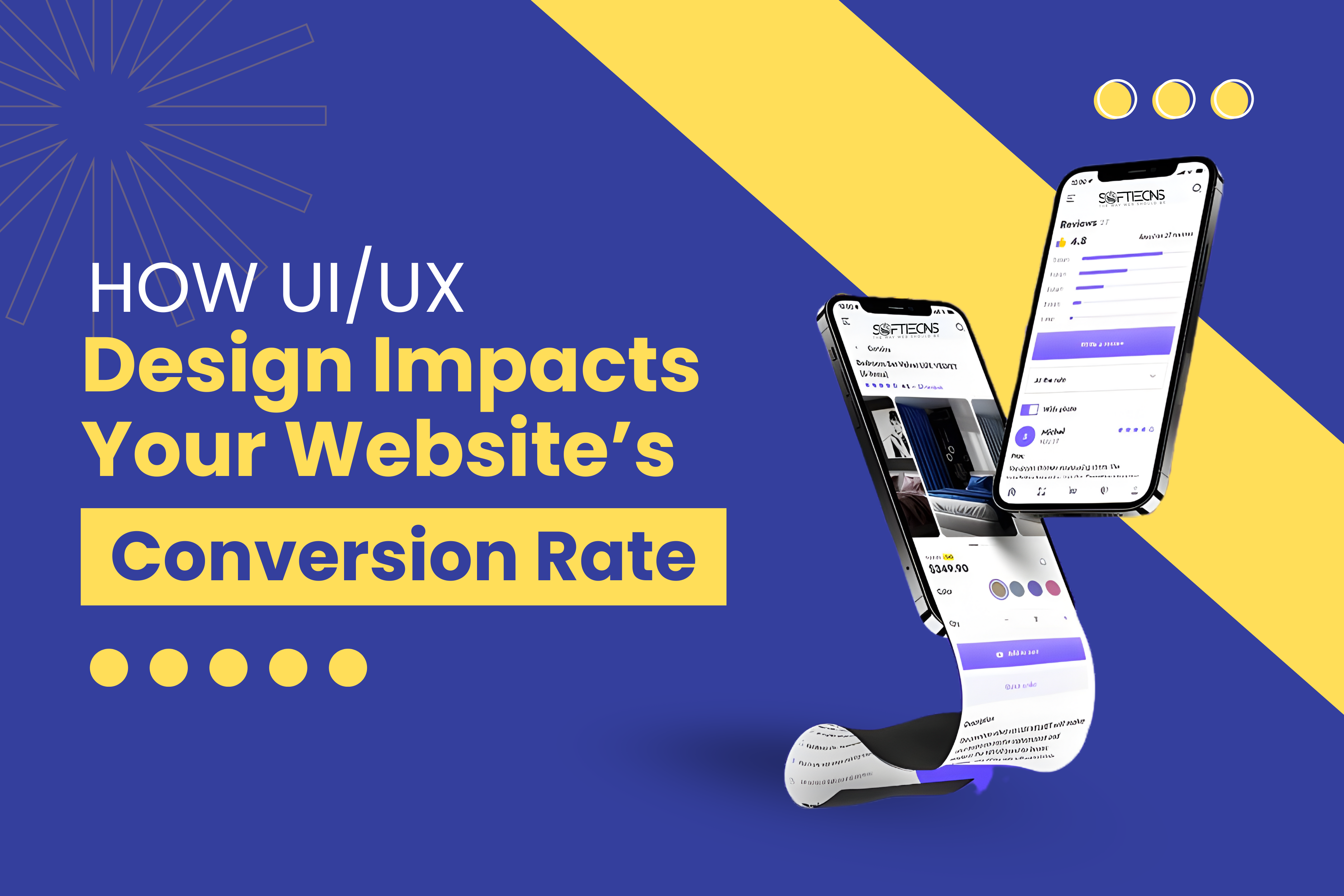What is Data Loss Prevention?
Tue, 13 Apr 2021
We live in a time when everybody, including every business and organization, is producing a massive amount of data that resides on one or more systems. It might be a government database, a customer list for a business, or even your cloud account, but whatever the storage site, data represents all we are and do.
Unfortunately, data is vulnerable to get lost, whether it’s an accidental information mishandling or a hacker’s outright theft. The data explosion has only increased the stakes in cybersecurity, requiring new methods of ensuring the integrity of information. To mitigate the risks associated with this, we have the Data Loss Prevention (DLP) field to help satisfy the need.
What is Data Loss Prevention?
DLP is a set of policies, products, technologies, and techniques designed to prevent delicate information from leaving an organization or business.
All DLP strategies must include a collection of solutions that monitor, detect, and stop the unauthorized data flow. These solutions include preventing users from accidentally destroying sensitive data, as well as from outside the organization defending against data breaches.
The Network DLP focuses just as much on monitoring end-users within the organization as it protects against external agent breaches through vulnerabilities in the network. For example, unauthorized employees may unwittingly alter, delete, or send information that might damage a company.
How does DLP work?
DLP technologies use a set of business rules to detect abnormal data transfers and search for sensitive data which may be part of the electronic communications of an end-user. The purpose of a DLP system is to prevent the transmission of information such as intellectual property, financial data, customer details, or employee information, either involuntarily or deliberately, from the corporate network.
If an employee attempted to send out an email with a spreadsheet attachment that included sensitive corporate information, a related DLP system, in this case, an extrusion prevention system, would deny them permission. This denial could occur even if the employee is usually allowed access to the spreadsheet, but policy restricts it from sharing outside of the network of the organization.
Types of DLP technology
- Data-in-Motion
- Data-in-Use
- Data-at-Rest
POPULAR POSTS
Shopify vs. WordPress: Which one is best for e-commerce?
Wed, 07 Apr 2021Role of IoT in the Real Estate Industry
Wed, 14 Apr 2021Why UX And UI Is Important For Mobile Application Development
Sat, 01 May 2021Telemedicine's Advantages in Nursing Homes
Fri, 24 Dec 2021RECENT POSTS
Title: Run Your Entire Real Estate Business From Your Phone
Fri, 12 Dec 2025









